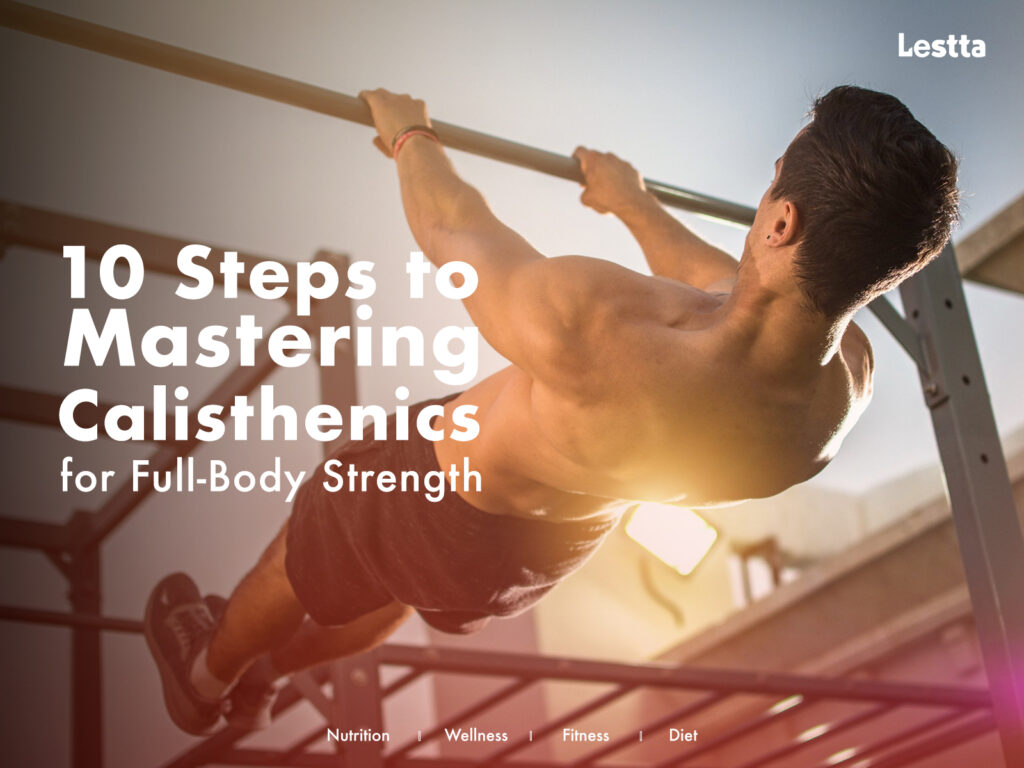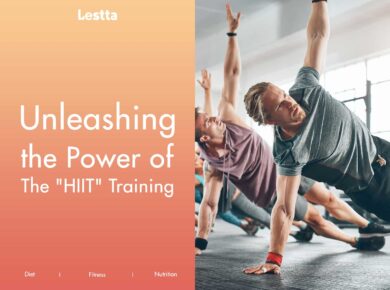
Calisthenics, the art of using one’s bodyweight to perform various exercises, has gained immense popularity in recent years due to its effectiveness in building strength, flexibility, and control. In this article, we will explore ten steps that will help you develop full-body strength through mastering calisthenics, allowing you to elevate your fitness journey to new heights.
1. Set Clear Goals
The first step towards mastering calisthenics is to establish clear and achievable goals. Define what you want to achieve through this form of exercise. Whether it’s mastering specific movements like pull-ups or handstands or building overall strength, having a clear vision will keep you focused and motivated throughout your journey.
2. Learn the Fundamentals
Before attempting advanced calisthenics movements, ensure you have a solid foundation in the basics. Mastering push-ups, squats, lunges, and plank variations is essential as they form the building blocks for more complex exercises. Proper form and technique are crucial to prevent injuries and ensure maximum effectiveness.
3. Consistent Practice
Consistency is the key to progress in any fitness regimen, including calisthenics. Dedicate regular time to practice and gradually increase the intensity as your body adapts. Avoid rushing into difficult exercises without proper preparation; instead, progress steadily to avoid burnout or injury.
4. Incorporate Variations
Keep your calisthenics routine engaging and effective by incorporating a variety of exercises. Experiment with different grips, angles, and body positions to target various muscle groups. This variety not only challenges your body but also keeps your mind motivated and prevents monotony.
5. Focus on Core Strength
A strong core is the foundation of calisthenics. It stabilizes your body during movements and enhances overall body control. Include exercises like leg raises, hanging knee raises, and plank variations to build a robust core that supports your progress in other calisthenics moves.
6. Train for Progression
As you become more proficient in basic calisthenics exercises, gradually progress to more advanced variations. For example, once you master standard push-ups, you can move on to diamond push-ups or one-arm push-ups. This progressive approach ensures steady improvement and prevents hitting plateaus.
7. Flexibility and Mobility
Don’t neglect flexibility and mobility training in your calisthenics journey. Increased flexibility allows you to achieve a greater range of motion in exercises, while improved mobility reduces the risk of injuries. Incorporate stretching and mobility exercises into your warm-up and cool-down routines.
8. Patience and Perseverance
Mastering calisthenics is a challenging endeavor that requires patience and perseverance. Understand that progress may not happen overnight, and setbacks are a part of the process. Stay dedicated to your goals and trust in your ability to overcome obstacles on your path to success.
9. Rest and Recovery
Giving your body ample time to rest and recover is vital for growth and strength development. Overtraining can lead to injuries and hinder progress. Listen to your body, and schedule regular rest days to allow your muscles to recover and rebuild.
10. Seek Guidance and Support
If you find yourself struggling or seeking expert advice, don’t hesitate to seek guidance from experienced calisthenics practitioners or fitness coaches. Joining a community or training with a partner who shares your fitness goals can also provide invaluable support and motivation.
Conclusion
Mastering calisthenics for full-body strength is an empowering journey that requires dedication, discipline, and determination. By setting clear goals, mastering the fundamentals, staying consistent, and progressing gradually, you can achieve remarkable results.









